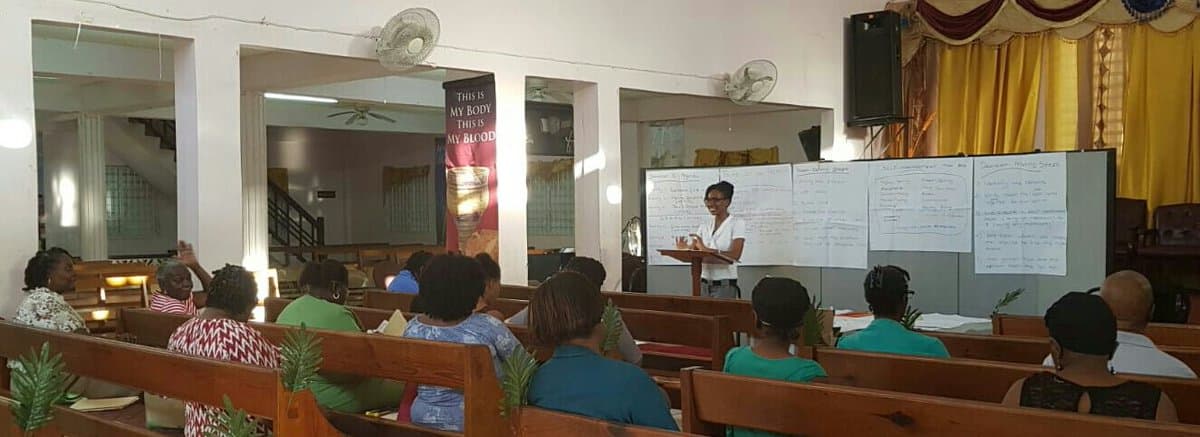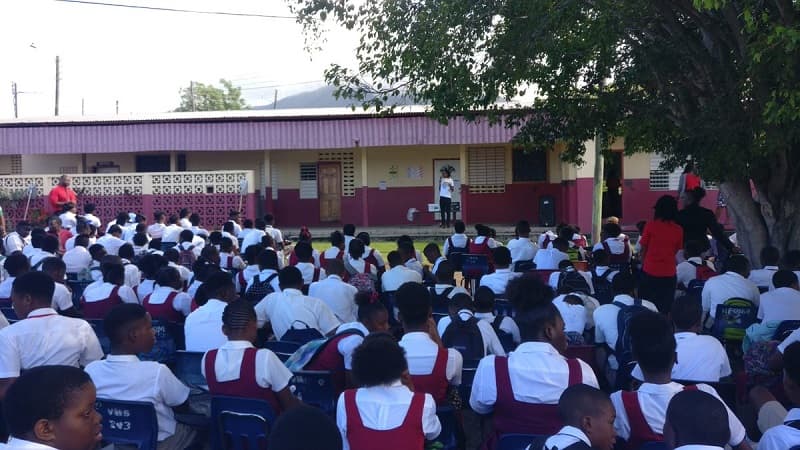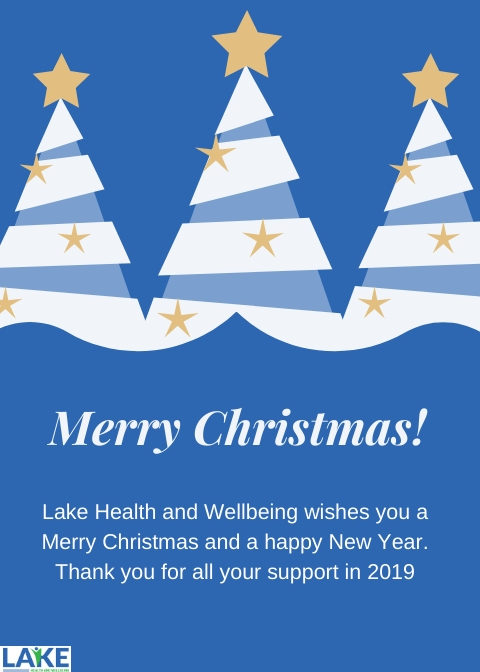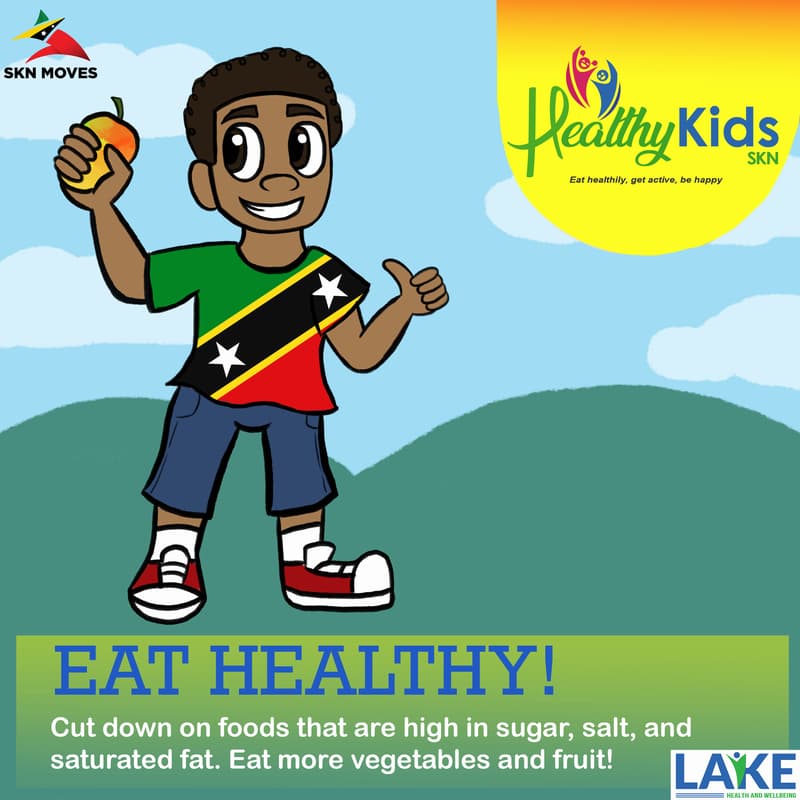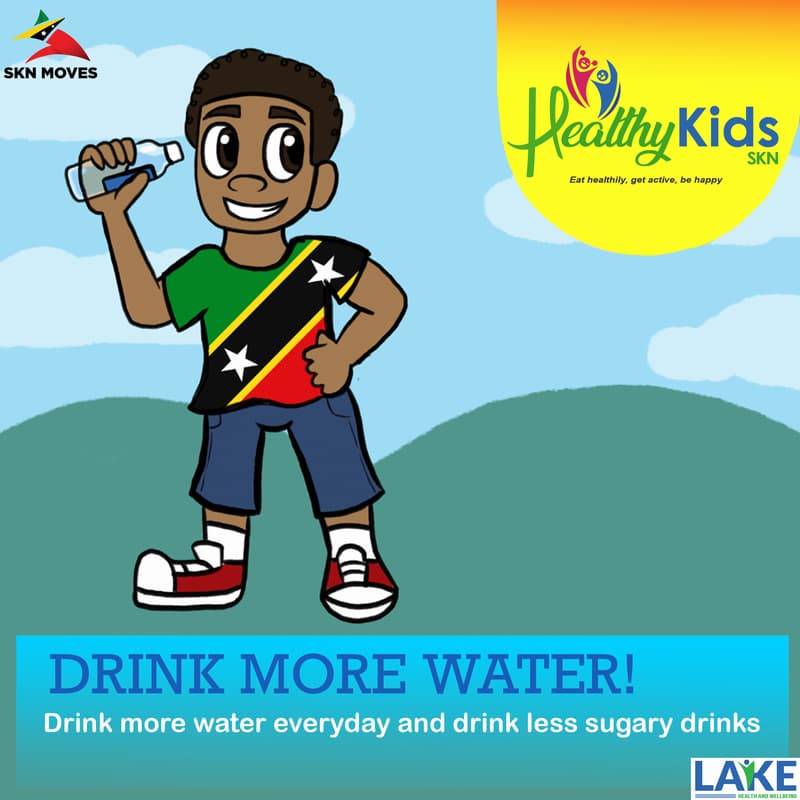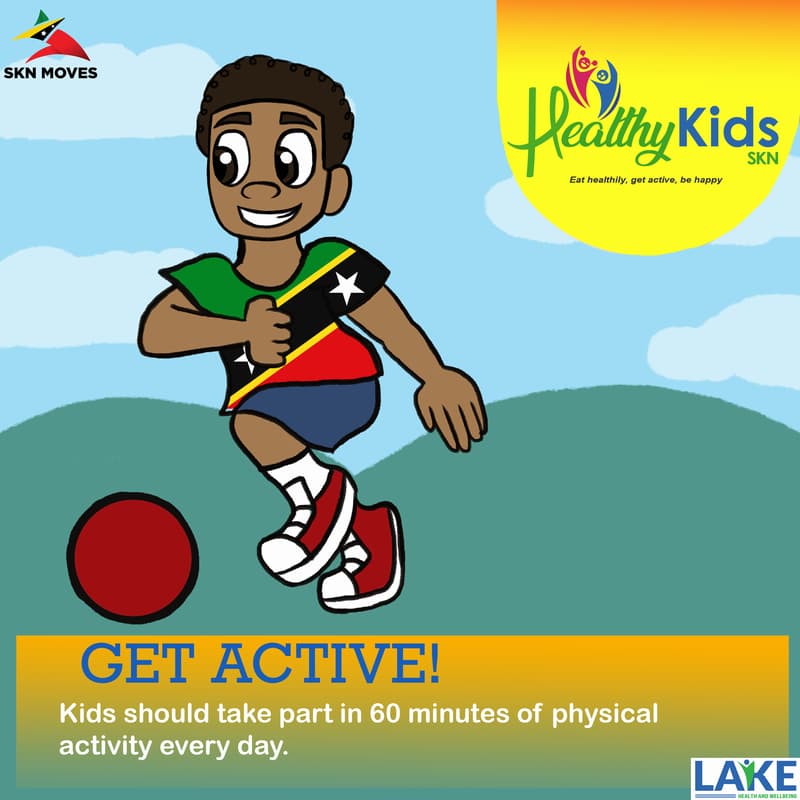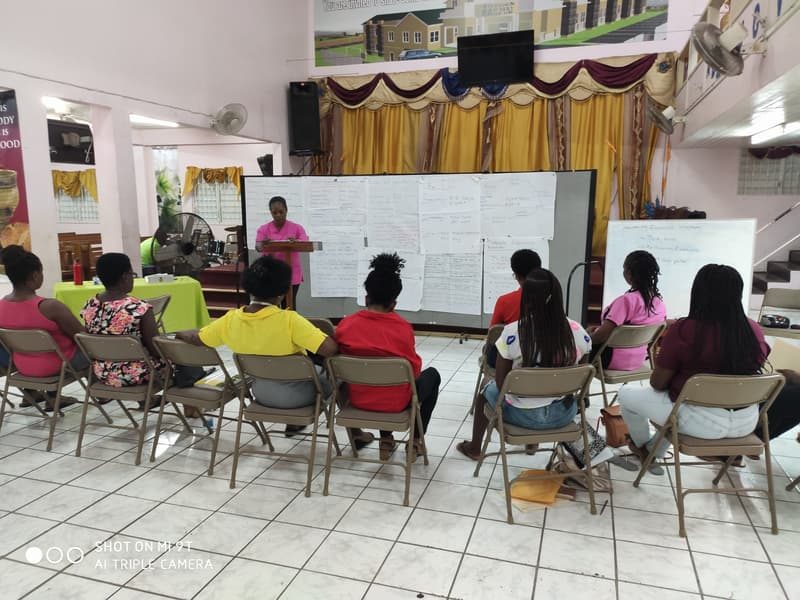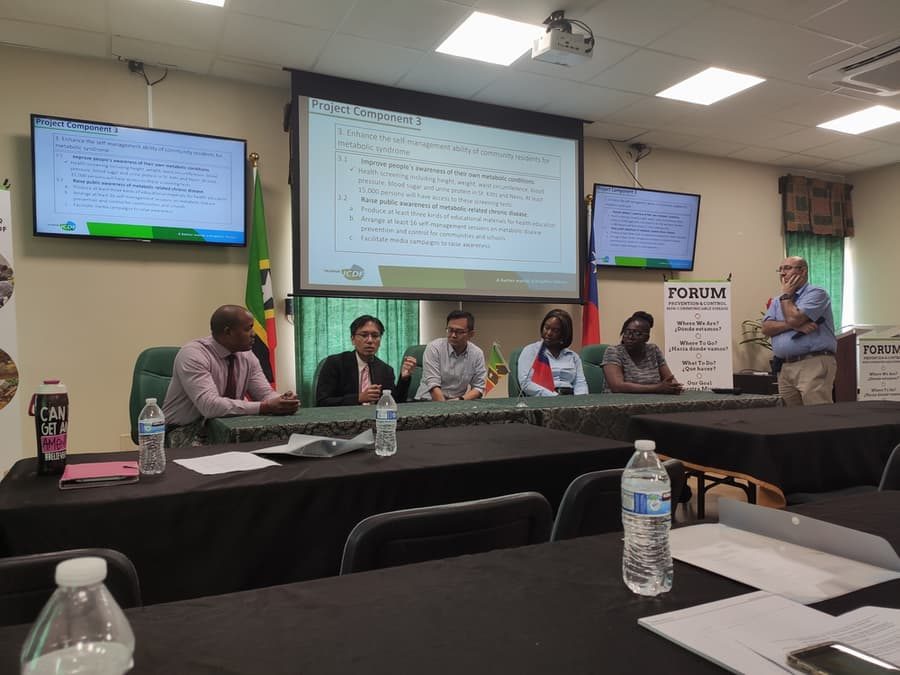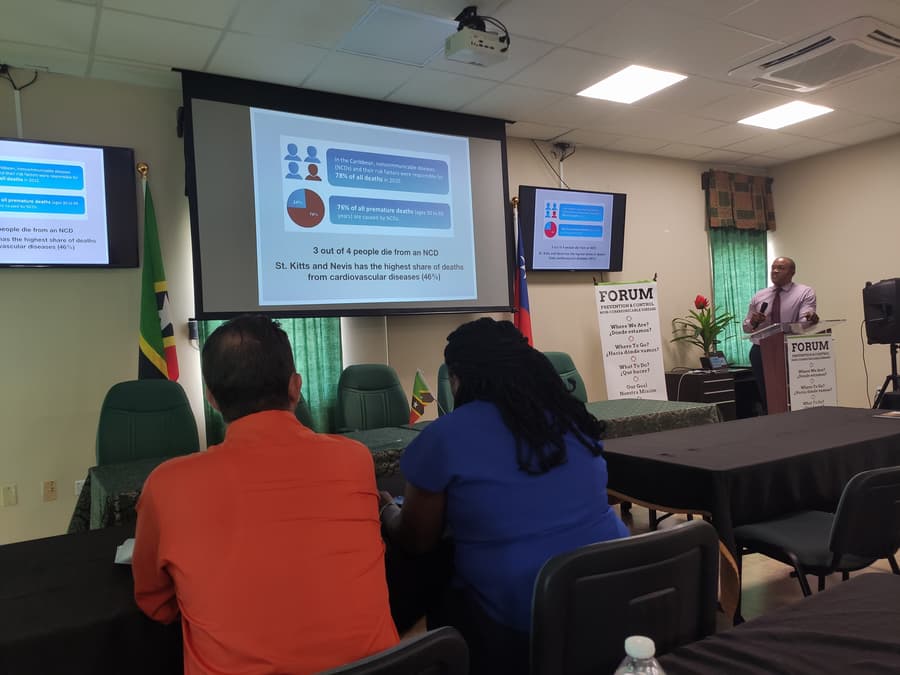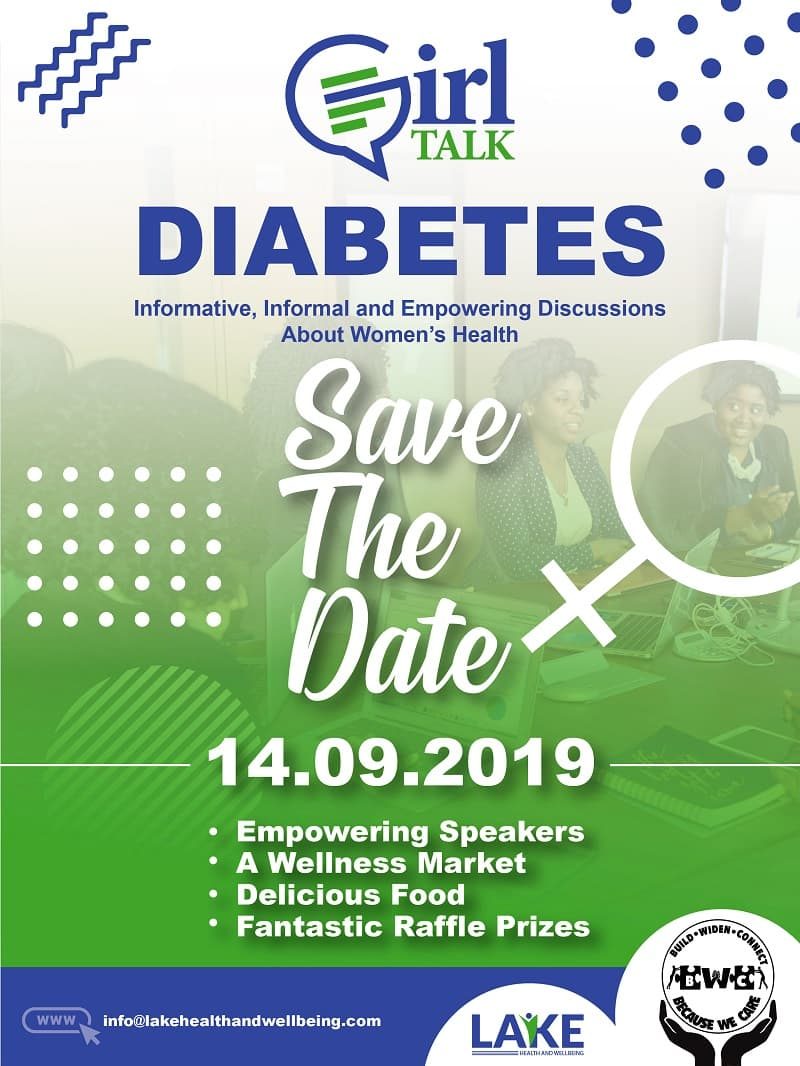Looking Back at 2019
Happy New Year everyone and welcome to 2020!
As usual, as one year ends and the other begins, we like to look back and reflect on our achievements. It’s important for our morale to take some time out to focus on the positive as we don’t have a lot of time during the year to fully appreciate our successes.
This year, we focused our attention on two main areas – childhood obesity and women’s health with our overall objective being to tackle non-communicable diseases in St Kitts and Nevis.
We are delighted to share our 2019 achievements:
 We continued our work on fibroids, a women’s health issue that is often neglected. We teamed up with organizations from across the world in July for a global fibroids awareness campaign; continued with our fibroids self-care webinar series and formed a partnership with Soca Girls Rock and Serrette Brown Research and Consulting to initiate a qualitative research study on fibroids and received ethics approval from the Ministry of Health, this project will start officially in January 2020. We also held our first fibroids educational event in St Kitts which was attended by over 40 women.
We continued our work on fibroids, a women’s health issue that is often neglected. We teamed up with organizations from across the world in July for a global fibroids awareness campaign; continued with our fibroids self-care webinar series and formed a partnership with Soca Girls Rock and Serrette Brown Research and Consulting to initiate a qualitative research study on fibroids and received ethics approval from the Ministry of Health, this project will start officially in January 2020. We also held our first fibroids educational event in St Kitts which was attended by over 40 women.
- We received funding from the ICDF to start our My Healthy Heroes project which aims to encourage a healthy lifestyle in children.
- We conducted three 6-week chronic disease self-management courses reaching 43 people who either had a chronic health condition, were caring for someone with a chronic disease or were at a high risk of developing a chronic disease.
- We continued as an active member of the Healthy Caribbean Coalition’s Childhood Obesity Prevention Action Team and assisted in collecting data for the team’s recently published sugary drinks infographic, advocated for front-of-pack (FOP) nutrition labels in the Caribbean and a sugar-sweetened beverage tax.
- We became members of the St Kitts and Nevis Bureau of Standards Technical Committee for Labelling as part of our work to advocate for FOP nutrition labels. We also became a member of the St Kitts Ministry of Health’s Elimination of Mother-to-Child Transmission (EMTCT) of HIV and Syphilis Committee (EMTCT Committee).
- We launched our Healthy Kids SKN campaign and a campaign for World Cancer Day.
- We attended or participated in a number of events including the ICDF’s Chronic Disease Prevention and Control Forum, the Ministry of Health’s SSB Focus Group, discussed stress management at the Verchilds High School and raised awareness of the importance of a healthy lifestyle and attended the HCC’s NCDs and Conflict of Interest meeting in Barbados.
- Finally, we expanded our consultancy services from working with one client in 2018 to six clients in 2019 and this included both grant writing and research support. This branch of our work has helped us raise much-needed funding to cover the cost of some of our work.
And that, my friends, is it. It was indeed a productive year.
We would like to say a big thank you to all our funders, clients, collaborators and supporters for your encouragement, kind words and support. We really appreciate it and look forward to a fantastic year ahead. We are truly excited about 2020 and can’t wait to get started.









